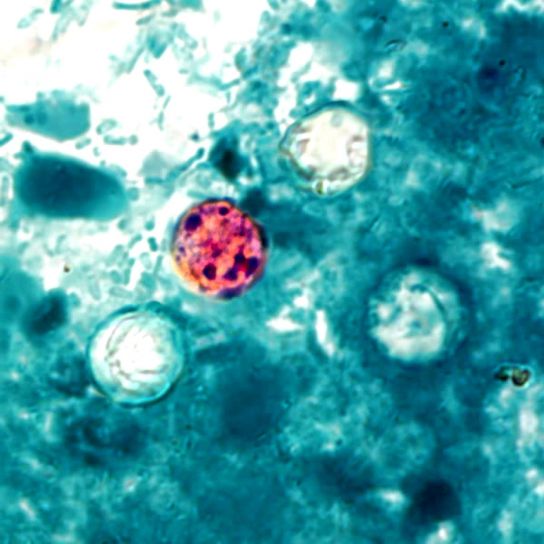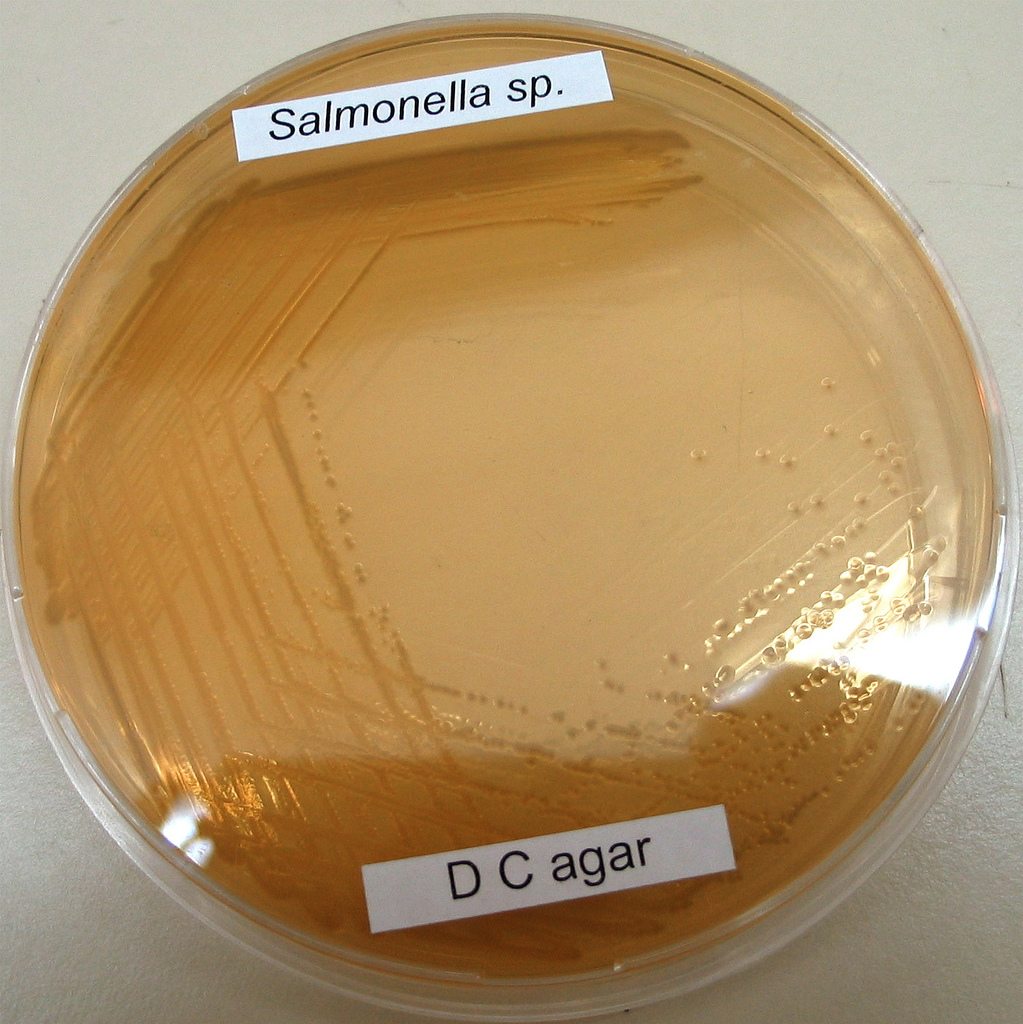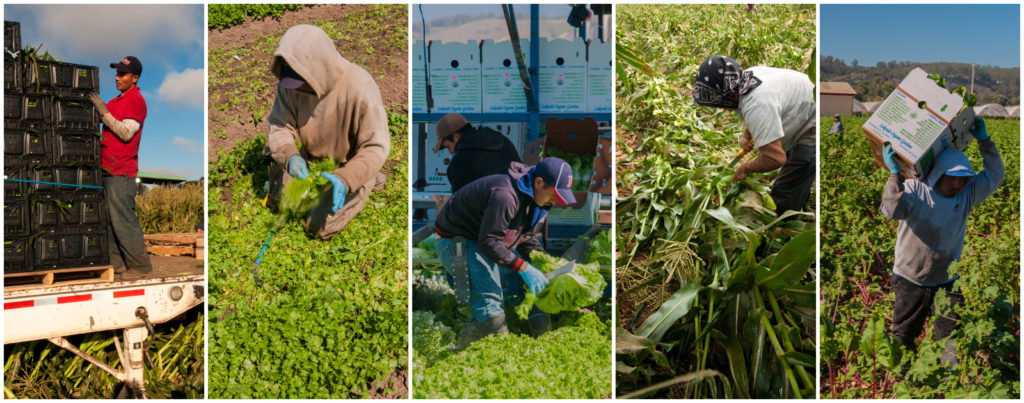The Centers for Disease Control and Prevention (CDC) on Thursday released a report containing preliminary data on incidences of foodborne illness between the years 2013 and 2018. The most commonly reported foodborne pathogens increased in number last year, including salmonella, campylobacter, and E. coli. Additionally, cases of cyclospora—a parasite more commonly found in tropical regions—spiked by 399 percent.
Data in the report were compiled from the Foodborne Diseases Active Surveillance Network (aka FoodNet), CDC’s online tool for compiling and monitoring cases of foodborne illness across the country. In 2018, FoodNet identified 25,606 infections, 5,893 hospitalizations, and 120 deaths.
Incidences of campylobacter, a bacteria most commonly linked to chicken, have been on the rise since 2013. Though maybe not as well-publicized as salmonella and E. coli, there were 9,723 cases reported in 2018, an increase of 12 percent from the year prior. This led to 1,811 hospitalizations and 30 deaths.
“The symptoms of campylobacter can be equally serious to those of salmonella and E. coli,” says CDC epidemiologist Danielle Tack, lead author on the report. “In some cases it can even lead to Guillain-Barré syndrome,” a relatively uncommon autoimmune disorder that can cause paralysis.
Perhaps unsurprisingly, leafy greens and chicken were the biggest source of foodborne illness in 2018; you likely heard of at least one of the major outbreaks last year. Ground beef wasn’t mentioned in the report, though there were multiple outbreaks related to it in 2018 (and two announced just this week, prompting a total recall of 166,200 pounds of beef over two days).
The report noted that salmonella incidences have not decreased in a decade, despite some proactive measures put in place by industry and regulatory agencies. Tack says this lack of progress is in part due to the continued emergence of different salmonella strains. “Just when we have one strain largely addressed, another type of salmonella sneaks up,” she says. “It’s kind of a balancing act.”
The parasite cyclospora is biologically distinct from bacteria, in that it relies on a host to survive. In the United States, cyclospora cases often increase each summer, in conjunction with more imported produce being distributed in the Midwest. But CDC’s report indicates these cases are significantly increasing. (The first incident of U.S.-grown produce being definitively linked to cyclospora occurred last September.)
One remaining question: Are foodborne illness outbreaks actually increasing or have our detection and data collection methods simply improved? According to Thomas Gremillion, director of food policy at the Consumer Federation of America, this question has been persistently difficult to nail down. “No matter whether things are actually unsafer, or if we are just in a better position now to detect [foodborne pathogens], this report shows consumers need more effective protections against contaminated food,” he says.











